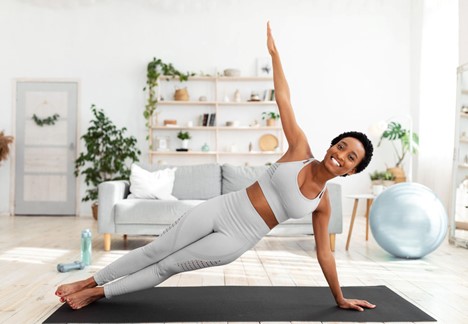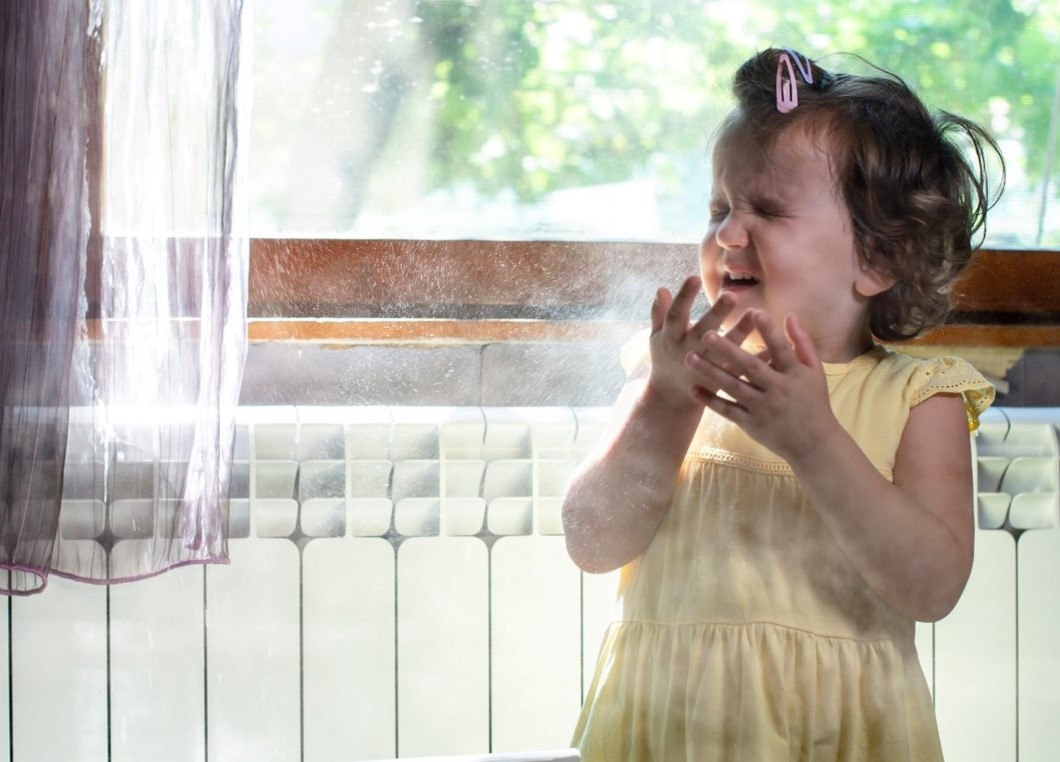Importance of Clean Indoor Air for Exercise & Health
Whether you’re a longtime workout enthusiast or have made a New Year’s resolution to exercise more, doing so at home has many advantages. You save time by not traveling to the gym, and you don’t have to brave extreme outdoor temperatures or vehicle traffic.
If you’re considering a home workout program or already have started one, you should also be looking at ways to keep indoor air clean. Air quality has a significant impact on overall health — and exercise can intensify potential. Let’s look at how air pollution and exercise can affect each other in your home.
What is Indoor Air Pollution?
Most people think of air pollution as something you experience outdoors, such as smoke from factories and

construction sites. However, indoor air quality should also be on your mind. Excessive dirt, dust and gases can easily build up inside homes and workplaces. Other common sources of indoor air pollution include mold, pollen, tobacco smoke, cleaning chemicals and pesticides. Matter of fact, an EPA study on indoor air quality showed that Americans, on average, spend approximately 90 percent of their time indoors where the concentrations of some pollutants are often 2 to 5 times higher than typical outdoor concentrations.
Poor air quality has been linked to many long-term health issues. They range from annoyances such as fatigue and nasal allergies to serious problems like asthma, high blood pressure, heart disease, cognitive dysfunction and even lung cancer.
Air Pollution and Indoor Exercise
Obviously inhaling polluted indoor air isn’t good for your overall well-being. Doing so while exercising could negate many of the workout benefits. There are two reasons why air pollution during exercise is detrimental:

1. You’re taking in a lot more air. According to a study by the California Environmental Protection Agency , adult men and women breathe in more than five times as much air when running 5 mph as they do when sitting still. This means you’re also breathing in five times as many pollutants, accelerating their effect on your body.
2. To take these deeper breaths, most people must inhale through their mouths. In doing so, you’re bypassing the nose’s air filtration system that could otherwise scrub some of the pollutants.
How to Reduce Indoor Air Pollution
If your New Year’s resolutions include diet and exercise, they should also include improving the air quality at home. Air Health has several tips for how to clean indoor air so you’ll breathe easier.
- Remove the sources of air pollutants. Ways to do
this include not allowing indoor smoking or vaping, using
 chemical-free
cleaners, using damp cloths to capture more dust and limiting the use of indoor
combustion (open fires, scented candles, etc.).
chemical-free
cleaners, using damp cloths to capture more dust and limiting the use of indoor
combustion (open fires, scented candles, etc.). - Prevent outdoor pollutants from entering the home. Whether that means keeping your windows closed on high pollen days and during rush hours or simply wiping off shoes before entering, keeping pollutants out goes a long way toward better air quality.
- Add some greenery. Keeping plants is a natural way to help purify the air. Chrysanthemums, English Ivy, gerbera daisies and dracaenas are a few easy-care options.
- Check regularly for safety and air quality issues. By catching an air problem when it’s small, you can prevent it from becoming a big problem later.
- Install a home ventilation system. Air Health has many ways to clean air and keep it that way. From in-duct air purifiers that can cover an entire house to SKYE Portable Purifiers for specific rooms, we have best-in-class HEPA air filtration solutions.
 US Dollars
US Dollars
